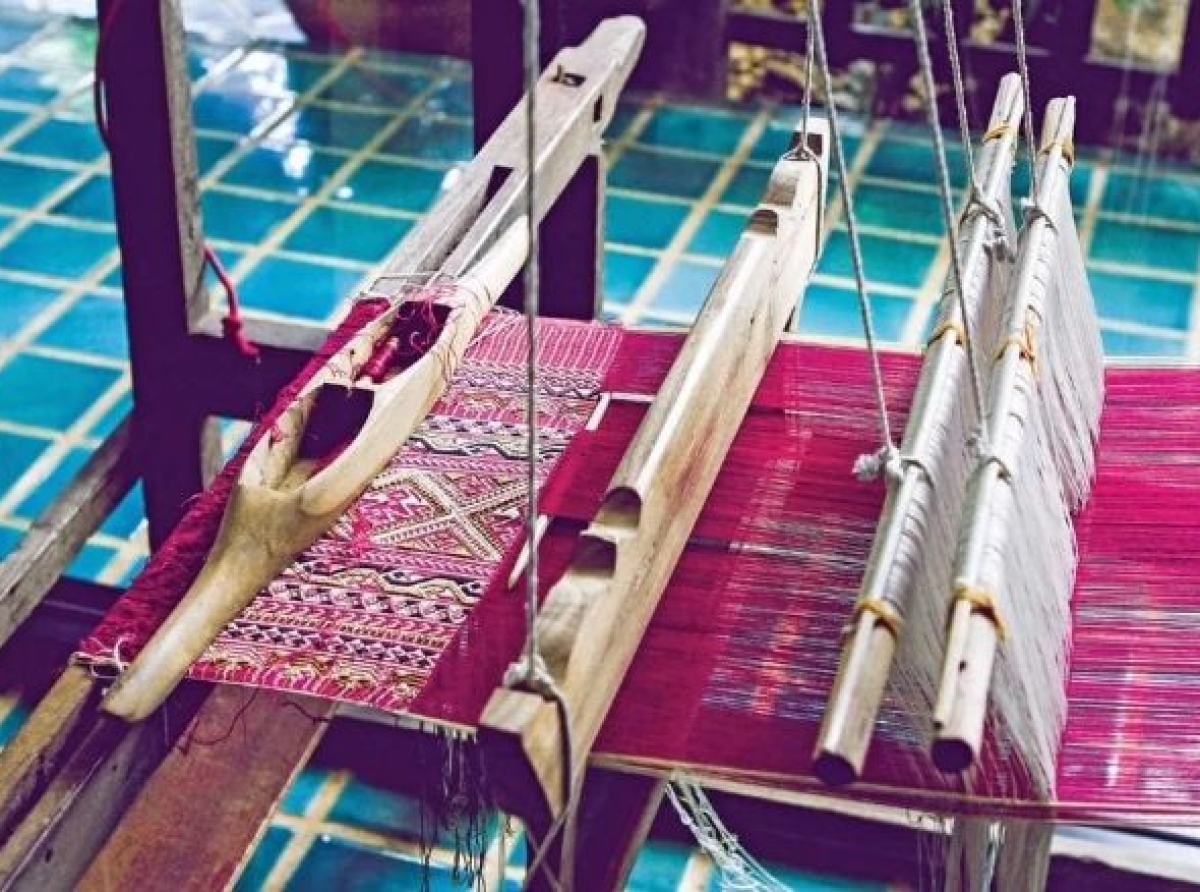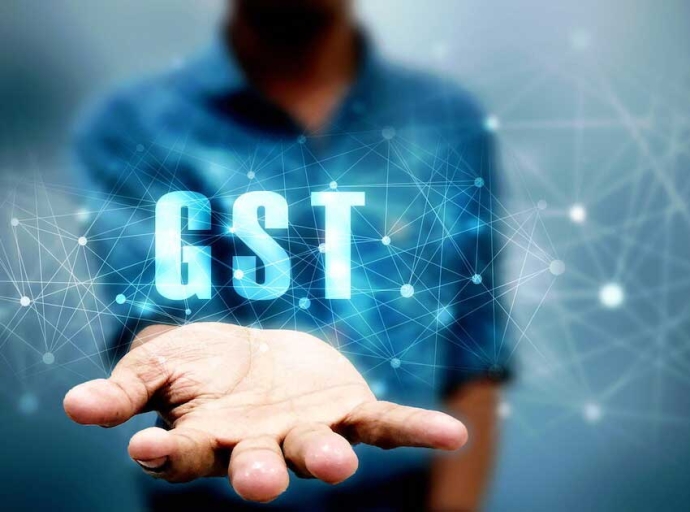07 March 2023, Mumbai
India's trade in textile machinery with the rest of the world totaled US$ 4857.91 million in 2018, with imports accounting for 83% of that total, or US$ 4032 million, and exports accounting for just 17.29%, or US$ 839.78 million. Zooming ahead India's textile machinery exports has shown a sign of progression clocking a remarkable growth traction of an impressive 21.4% to US$ 762.15 million in (Jan- Sept) i.e. the first nine months of the year 2022 as H'ble PM Modi's clarion call starts to resonate with the manufacturing sector.
Context setting; The grand Indian textile industry employs over 45 million people and accounts for a respectable 7% of India's GDP. The Vocal for Local initiative envisions concertedly boosting domestic production and consumption, benefiting both the industry and the economy thereby.
Backdrop ideas
Let us break it down for the readers in this discussion paper by giving trade insights into the kind of mechanics involved in this as a quick comparison on the import side of it, as there is a clear trajectory existing whilst import of textile machinery in 2021 as the best estimate was worth $1626.21 million, which inched up from $837.71 million in the period of 2020.
Vocal For Local is a classical movement consciously brought to the fore firing the imagination, fostering the nationalistic spirit & imbibing emotional connection to promote, harness, and support locally made products. The textile industry for good reasons motivates & inspires the use of indigenous/homegrown materials and timeless traditional craftsmanship, fostering sustainability, economic growth, and 'Social Prosperity'.
New age India
Interestingly as the dispensation of the day is pushing Indian industry pushes into ATMANIRBHARTA setting the narrative called Vocal for Local’ in effect it is a commendable strategy that provides enormous local employment more particularly in the labour-intensive sectors such as textiles also make no mistake supply chains which is highly globalized leading to a mindless quantum of carbon footprints.
Today the regime is not the one holding the legs and not allowing them to run. Therefore, it is a business case today to contemplate maintaining a conscious balance between radical design and business thinking arriving at a win-win situation, given the current paradigm of the textile industry nudging its to shift from imports to a thrust on “Made in India” mindset/ecosystem, aiming towards attaining a proud self-sustainable/self-help nation building which is no more a pipeline dream anymore.
The way forward clearly is domestic production is both given Post-Covid is doable & and obtainable way as Indian industry has shown grit, determination & strong will and is raised expectations that India of today can do it sustainably as it India is a land of youth, a land of opportunity, land of hope and we can double plentiful talent standing tall amid global turmoil.
Exports landscape
The top five export markets for India were Bangladesh, Germany, Turkey, Vietnam, and the Netherlands, while the top five sourcing markets for India were China, Japan, Germany, Singapore, and Italy.
China provided India with textile machinery worth US$1445.77 million. In contrast, India's output of textile machines, spare parts, and accessories, which totals Rs 6,865 crore, only meets 46.61% of domestic demand, or Rs 3,200 crore, out of a total of Rs 13,004 crore, or 52.71%. Around 40–45 percent of entrepreneurs are manufacturers; the other entrepreneurs are traders, gentlemen, and dealers.
Make in India
The figures above indicate that we should gradually reduce our total reliance on imports, especially those from China, to become ATMANIRBHAR. Given their prominence in our import profile and an even more significant proportion of the bilateral trade deficit in our overall merchandise trade imbalance, imports from China undoubtedly call for serious examination in such an effort. Indian-made machines and spare parts are more durable and of higher quality than Chinese items used in India, although they are more expensive.
The growing importance of the Indian market India should promote the "Made in India" effort to reduce the cost of manufacturing. Indian machinery manufacturers utilize Chinese equipment and parts. India should encourage local manufacturers to manufacture locally as part of the "Make-in-India" initiative and convey that we want to make products for India and the rest of the world, showing that we also aim at competitive manufacturing and not import substitution at all costs.
The theme of technical textiles
There is a strong trade belief that'" The 'Local for Vocal' initiative can considerably help & support enabling the Indian technical textiles sector spurring & firing indigenous manufacturing and lessening reliance on imports, resulting in incremental greater job opportunities and economic growth.
The theme of fabric
It is seminal as the "Local for Vocal" initiative in the Indian textile industry encourages the use of domestically/homegrown produced fabrics, striking the cord of emotional connection fostering a sense of pride in India's timeless traditional textiles, and as a deeper issue supporting local artisans and weavers.
Head Over Heels
India's manufacturing tiger roars with Make in India; Historically, India has been languishing with manufacturing struggling to become a production/sourcing hub for the world for donkey years now, and regime after regime it has been a case of more of heart and very little brain. But with the recent geopolitical developments and GSCs re-alignment Post-Covid/Post Russia-Ukraine war India for once has the chance to up its manufacturing ante to make its vision and dream bigger it gets by seizing the moment of opportunity when the sun is shining on it.
Used by Indian textile mills are Chinese equipment and replacement components. There may not be a need for TUF for the textile sector if the government encourages technology among Indian manufacturers by providing a TUF plan for TEI since machinery and components will be offered at a 40–60% reduced cost. Abuse of FTAs There is rampant abuse of FTAs by China as there are reported cases where fake Chinese factories are been set up and are already existing too to exploit the FTAs already existing between these nations and India more particularly in Asian/ASEAN countries.
Chinese equipment and replacement parts are shipped from India to other nations by Indian traders and agents [of India to boost export incentives for Indian Goods] Non-Chinese enterprises' machinery and replacement parts are made in China and marketed in India.
Focus on Local for the Global
The "Local for Vocal" narrative/commentary has the potential to revitalize India's textile industry by re-imagining, re-inventing, and re-wiring by patronizing, supporting & promoting locally made fabrics and supporting traditional artisans.
The phrase "Voice for Local" must be expanded to the next step, "Focus on Local for the Global," to generate products now consumed nationally and internationally but not made locally.
In developing the Product at a World Class Standard and a Competitive Price, it is essential to consider the Availability of Raw Materials, Manpower, Infrastructure, Natural Resources, and Technology.
Latest Publications


































